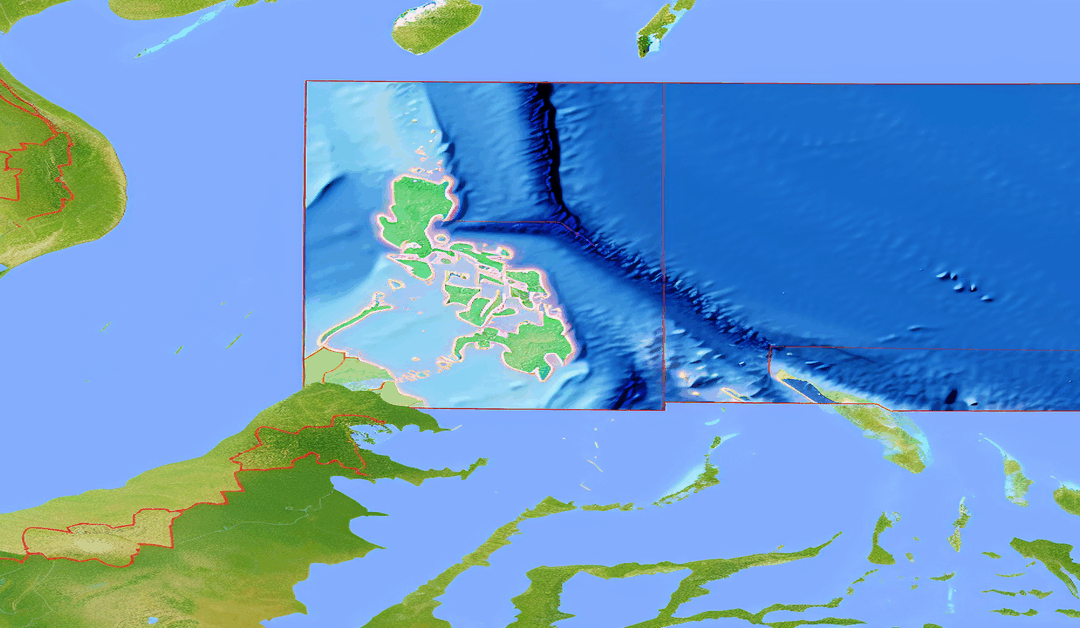Google Maps Reinforces Philippines’ Sovereignty with “West Philippine Sea” Label Update
In a significant digital cartography update, Google Maps has made the “**West Philippine Sea**” label more visible and easier to find without the need for a specific search. This change affects the waters west of the Philippines, which fall within the country’s exclusive economic zone (EEZ). The update has been welcomed by the Philippines as an affirmation of its sovereign rights and a symbolic victory against Chinese expansionism in the region.
A Closer Look at the Google Maps Update
The West Philippine Sea, previously known as part of the South China Sea, was officially renamed by the Philippines in 2012 during the administration of President Benigno Aquino III. The move was aimed at asserting the country’s sovereignty over the waters within its EEZ, which has been a point of contention with China.
Google Maps’ decision to make the “West Philippine Sea” label more prominent is a significant development in the ongoing territorial dispute. The change makes it easier for users to identify the area without having to search for it specifically, effectively putting the Philippines’ claims in the spotlight.
International Reactions to the Label Change
The Philippines has welcomed the Google Maps update as a validation of its sovereign rights in the West Philippine Sea. The country’s officials see it as a symbolic victory against China’s expansionist activities in the region. The update is viewed as a digital reinforcement of the Philippines’ maritime sovereignty and its claims to resources in the disputed waters.
On the other hand, China has rejected the label change, maintaining its stance that the area is part of the South China Sea. This position is in direct contrast to the 2016 international tribunal ruling that rejected China’s claims and supported the Philippines’ rights in the waters within its EEZ. Beijing has consistently ignored the tribunal’s decision, leading to heightened tensions in the region.
Legal and Geopolitical Implications
The territorial dispute in the West Philippine Sea centers on China’s claims to nearly all of the South China Sea, including areas that fall within the Philippines’ EEZ. The 2016 tribunal ruling, which was based on the United Nations Convention on the Law of the Sea (UNCLOS), upheld the Philippines’ sovereign rights in these waters. However, China has refused to recognize the ruling, leading to a complex geopolitical situation.
The Google Maps update, while not legally binding, carries significant symbolic weight. It serves as a digital affirmation of the Philippines’ maritime sovereignty and its claims to resources in the West Philippine Sea. The update also raises awareness about the territorial dispute and the importance of upholding international law in resolving such conflicts.
Moving Forward: Balancing Sovereignty and Regional Stability
The West Philippine Sea dispute is a delicate matter that requires careful navigation to ensure regional stability while upholding the sovereignty of the nations involved. The Google Maps update serves as a reminder of the importance of international law and the need for peaceful resolution of territorial disputes.
As the situation continues to unfold, it is crucial for all parties involved to engage in constructive dialogue and work towards a peaceful settlement that respects the rights and sovereignty of all nations in the region. The international community must also play a role in supporting the rule of law and encouraging adherence to tribunal rulings and UNCLOS principles.
The Google Maps update, while a small step in the grand scheme of things, is a significant development in the ongoing territorial dispute in the West Philippine Sea. It serves as a digital affirmation of the Philippines’ sovereignty and a reminder of the importance of upholding international law in resolving complex geopolitical issues. As we move forward, it is essential to prioritize peaceful resolution and regional stability while respecting the sovereign rights of all nations involved.
#WestPhilippineSea #GoogleMaps #SouthChinaSea #TerritorialDisputes #UNCLOS
-> Original article and inspiration provided by GMA Network
-> Connect with one of our AI Strategists today at ReviewAgent.ai

